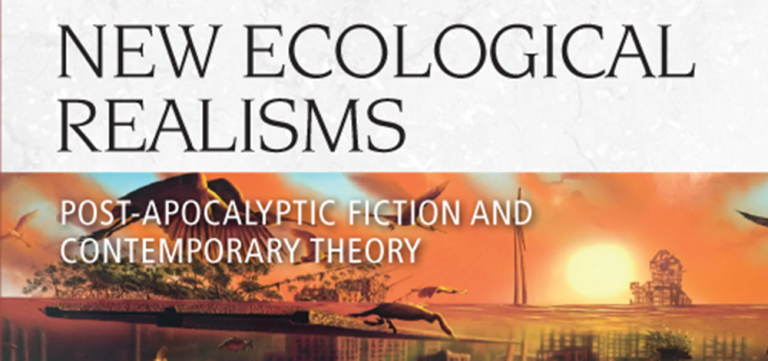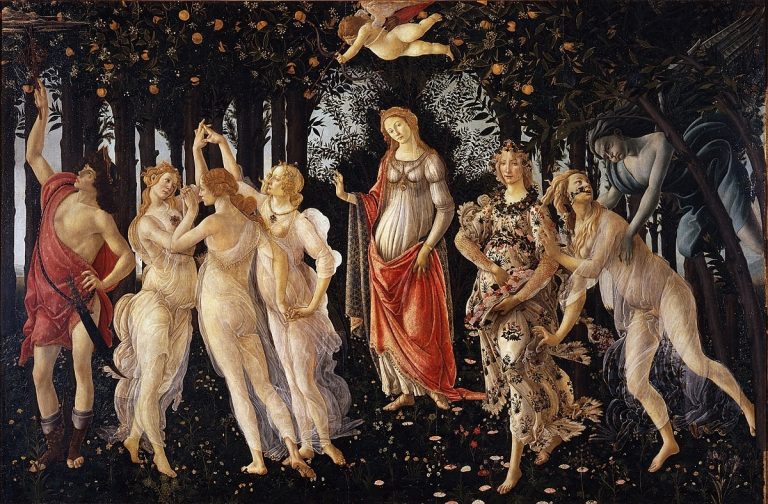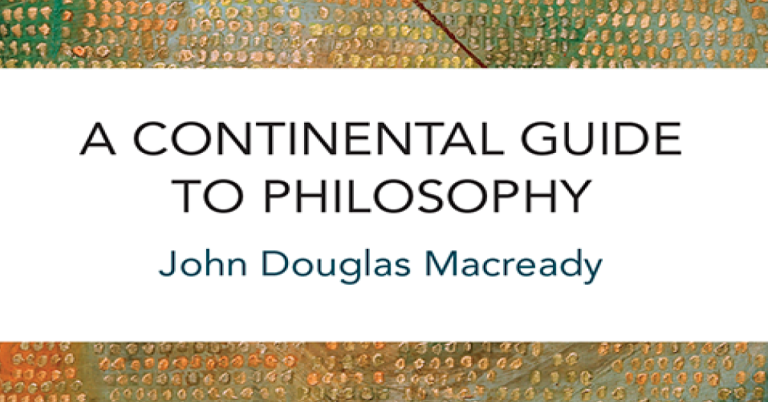
-
Feeling the Rainbow: LGBT Rights and Reforms
Read more: Feeling the Rainbow: LGBT Rights and Reformsby Senthorun Raj Do I feel proud? This was a question I reflected on recently while gathered with several sweaty […]


by Senthorun Raj Do I feel proud? This was a question I reflected on recently while gathered with several sweaty […]

Graham Harman and Monika Kaup Missed Part 1? Check it out here! Or read the full conversation here. Graham Harman: Much of the contemporary discussion of the material turn focuses on a group sometimes called the New Materialist Feminists, some…

Graham Harman and Monika Kaup Read the full conversation here. Graham Harman: You begin your book New Ecological Realisms by discussing a widely observed turn in recent continental theory, from the preoccupations with language found in structuralism and poststructuralism to…

Thomas Nail To celebrate the publication, we are offering a bundle discount. Buy Lucretius II and III and get Lucretius I for free, using the code NAIL. Plus we are running a giveaway over on our Twitter – read until…

by John Douglas Macready The history of philosophy can be thought of as an art gallery filled with paintings by various artists. Each painting is a representation of reality from a particular perspective and makes use of distinct methods and…

Graham Harman and Hilan Bensusan Graham Harman: Your new book Indexicalism has already created a lot of excitement, including a wonderful online book launch conference, the likes of which I have never seen before[i]. Could you start by explaining to…

Graham Harman and Hilan Bensusan Have you read Part 1 – 4? Part 1Part 2Part 3Part 4 Graham Harman: In your book, you speak of Leibniz as a “relational” philosopher in much the same sense of Whitehead. A monad is determined by…

Graham Harman and Hilan Bensusan Have you read Part 1 – 3? Part 1Part 2Part 3 Graham Harman: Another influence on your book is the appeal to “multinaturalism” that we find not only in Bruno Latour, but also in those concerned with…

Graham Harman and Hilan Bensusan Have you read Part 1 and 2? Part 1Part 2 Graham Harman: Let’s turn now to your relation with a relevant analytic philosopher, Saul Kripke. In recent decades Kripke has been widely read among continental…

Graham Harman and Hilan Bensusan Have you read Part 1? See it here! Graham Harman: As for Levinas, I enjoy your treatment of his notion of otherness. But I couldn’t help noticing that in your new book you don’t really…